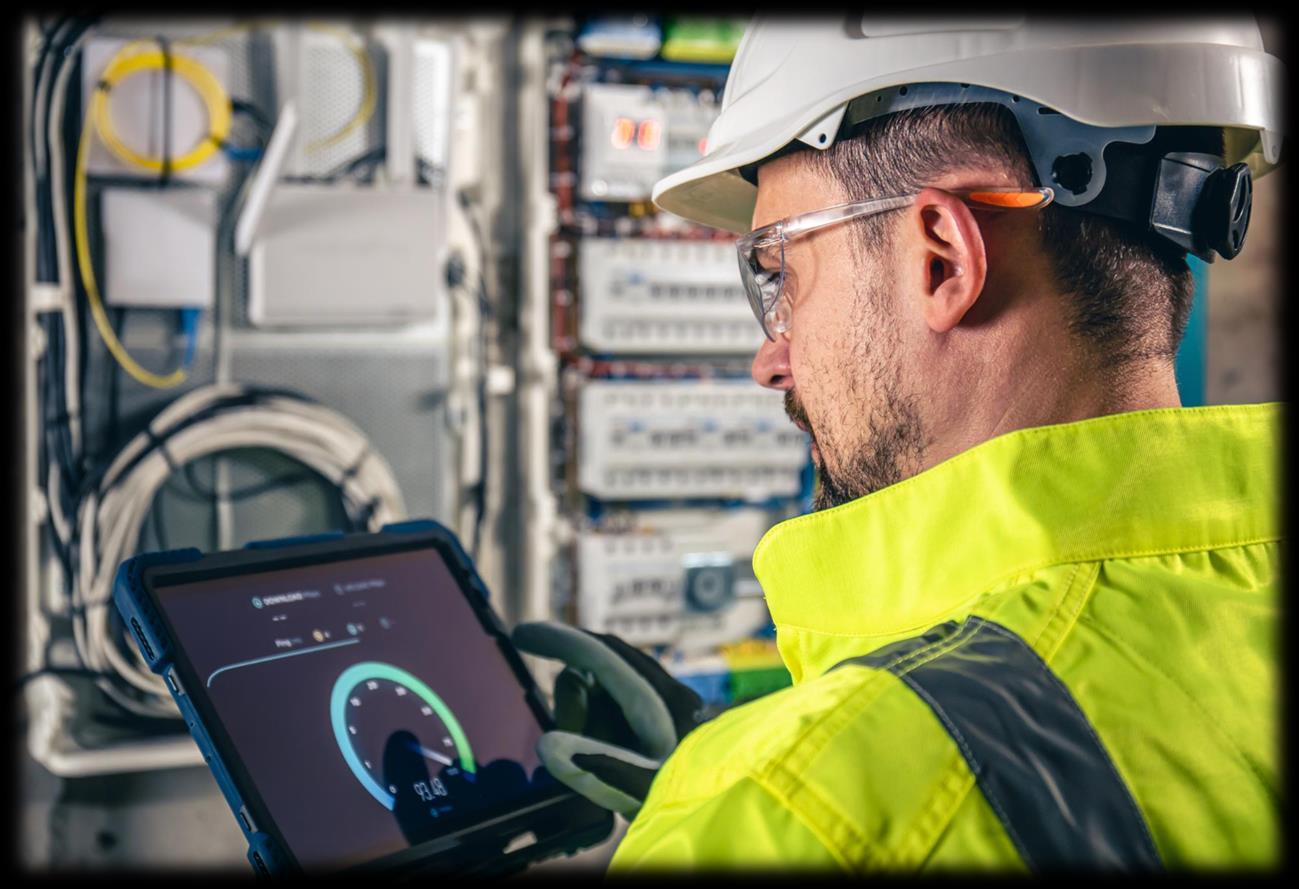

Manual vs. DigitalTank Monitoring:
In an industry where fuel availability, environmental compliance, and operational efficiency are mission-critical, tank monitoring plays a central role. Traditionally, many businesses have relied on manual methods dipsticks, clipboard inspections, and physical checklists to manage their storage tanks. But as demands grow and margins tighten, manual methods are becoming more of a liability than a necessity.
The shift toward digital solutions isn’t just about modernization it’s about measurable impact. While the idea of implementing smart tank monitoring services might seem like a luxury for some, the true cost of sticking to manual systems is often hidden in lost time, fuel discrepancies, and unplanned downtime.
This post breaks down the key differences between manual and digital tank monitoring, evaluates their long-term costs, and explains why more organizations are adopting advanced solutions, such as a corporate tank monitor.
The Hidden Costs of Manual Tank Monitoring

Manual tank monitoring relies on human labor to check fuel levels, temperature, and signs of leaks or equipment issues. On the surface, this approach may seem economical. After all, dipsticks and spreadsheets are cheap. But the hidden costs tell a different story.
Manual methods are:
Time-consuming
Inconsistent (due to human error or incomplete logs)
Non-scalable across large or multi-site operations
Prone to late detection of fuel loss or equipment failure
Ineffective for accurate forecasting
Without real-time visibility, decisions are made based on estimates, leading to poor delivery timing, inefficient inventory management, and avoidable environmental violations.

The Digital Advantage: Smart Tank Monitoring
The modern tank monitoring companies provide digital systems that use sensors, IoT devices, and cloud-based platforms to give businesses real-time insights into their storage infrastructure.
Digital tank monitoring services offer:

24/7 remote access to tank data
Instant alerts for low levels, leaks, or anomalies
Integration with ERP or logistics systems
Accurate forecasting using historical and live data
Compliance-ready reporting
Whether you're running a single fuel depot or managing dozens of tanks across regions, a digital solution—especially a corporate tank monitor—delivers a centralized, scalable approach to fuel management.
Manual vs. Digital Tank Monitoring: Side-by-Side Comparison
Here’s a comparison to highlight where the real cost differences lie:
Feature/Cost Area Manual Monitoring Digital Monitoring
Accuracy Depends on human observation High precision through sensors
Labor Requirements Requires regular on-site checks Minimal monitored remotely
Data Availability Periodic, logged manually Real-time, automated data
Risk of Human Error High Very low
Leak/Issue Detection Often delayed Instant alerts and diagnostics
Scalability Difficult and costly Easily scales with centralized dashboards
Compliance Readiness Requires manual documentation Auto-generated reports, audit-ready
Cost Over Time
Hidden inefficiencies accumulate Higher upfront, lower long-term cost
In essence, while manual systems may have lower initial costs, they often end up being far more expensive in the long run due to labor expenses, compliance risks, and missed operational opportunities.
When Is It Time to Upgrade?

The decision to move from manual to digital often hinges on certain red flags, such as:
Frequent runouts or overfills
Discrepancies in reported vs. actual fuel use
Time-consuming compliance audits
Growth into multi-site or corporate-scale operations
High labor costs tied to routine checks
If any of these sound familiar, it’s likely time to consider a tank monitoring service that can grow with your business.

How Tank Monitoring Companies Help You Transition
Many tank monitoring companies offer turnkey solutions designed for smooth transitions from manual to automated systems. These typically include:
Non-invasive sensor installations
Cloud-based dashboards and mobile apps
Training and support for your operations team
API access for ERP or fleet software integration
Customized alerts and analytics

These services are tailored to industries such as oil and gas, logistics, construction, and municipal fueling stations, where fuel is both a critical resource and a significant cost center.
The Corporate Tank Monitor Advantage
Larger enterprises often require a more robust solution. That’s where the corporate tank monitor comes in. These systems offer:
Centralized management of multiple tanks and locations
Role-based access for different teams or departments
Advanced analytics and trend forecasting
Consistent compliance tracking across regions
Enterprise support and SLA-backed uptime guarantees
For businesses scaling rapidly or managing geographically distributed assets, this level of control is no longer optional—it’s essential.

FAQs
Is digital tank monitoring more expensive to install?
Initial setup costs can be higher than manual tools, but most companies see ROI within 6–12 months due to reduced fuel loss, labor savings, and improved planning.
Can tank monitoring systems be used with any tank type?

Yes. Most modern solutions support fuel, oil, DEF, lubricants, and even water or chemicals. Tank material and location may affect sensor choice, but solutions are widely compatible.
Do digital systems require internet connectivity?
Many systems operate over cellular or satellite networks, so even remote sites can benefit from real-time tank monitoring.
How does digital monitoring support compliance?
These systems log every activity automatically, making it easy to generate reports for inspections, certifications, or audits.
Can we integrate tank monitoring with our current business systems?
Yes. Leading tank monitoring service providers offer API integration with platforms like SAP, Oracle, QuickBooks, and fleet management tools.


Final Thoughts: It's Not Just a Tech Upgrade—It's a Business Strategy
Sticking with manual monitoring may feel "safe" or familiar, but in today’s data-driven world, it's often the more expensive path. As operational demands increase and regulations tighten, the cost of not having reliable, real-time insight into your tanks becomes too high to ignore.
Investing in tank monitoring services especially from proven tank monitoring companies empowers your business to act faster, manage fuel smarter, and scale with confidence.
Whether you're managing a few rural tanks or a global network of fuel sites, the right monitoring solution can transform your operations from reactive to proactive. It's not just about better data—it's about better business decisions.
So, what’s the real cost of manual tank monitoring? As it turns out, a lot more than you think.

